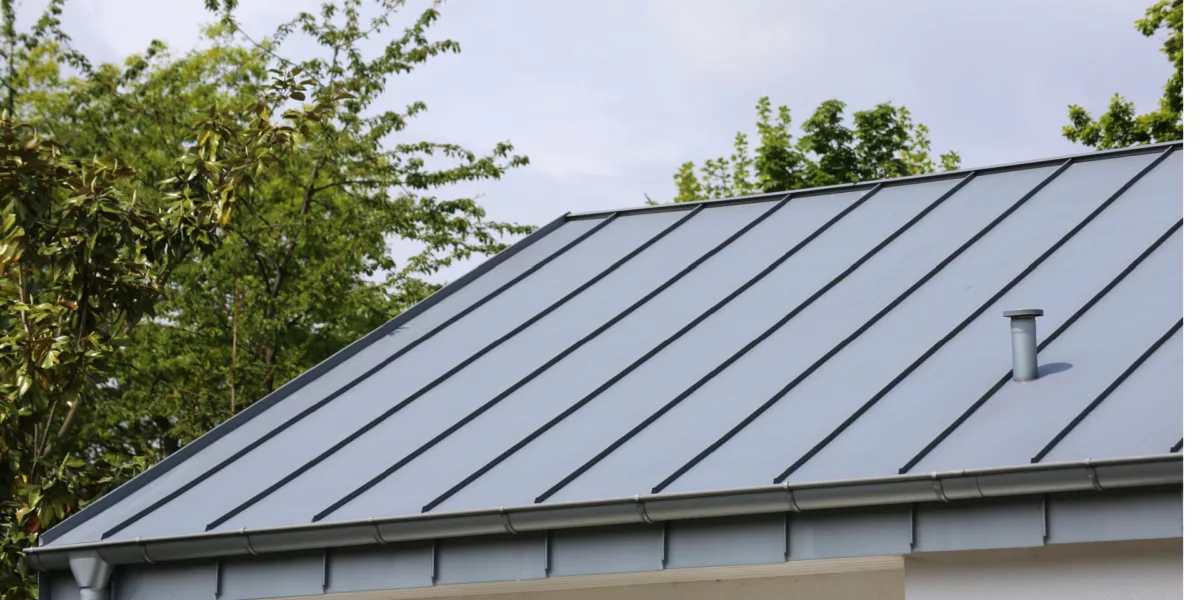When a strong storm rolls, the aftermath that follows will often leave homeowners with more than just a damaged roof; they’ll be dealing with the confusing roof insurance claims process in Texas. Though insurance is intended to provide peace of mind, a system that many homeowners say is heavily skewed in the insurance companies’ favor has instead often triggered anxiety. When denied claims and payment delays are on the rise, and policy language is confusing, it’s fair to ask whether this system is really built to protect — or is it played to favor the insurer?
Let’s take a closer look at how the roof insurance claim process in Texas functions and see if homeowners are really receiving the coverage they’re paying for.
Step-by-Step Guide to Roof Insurance Claim Process in Texas
Step 1: Assess and Document the Damage
After a storm, check out your roof once it is safe to access it. Take clear photos and videos of any visible damage, which may include missing shingles, water stains, or structural damage. This paperwork will be required when you file your claim.
Step 2: Read Your Policy
Before you pick up the phone and call your insurance company, read your homeowner’s insurance policy. Know the type of roof coverage you have—Replacement Cost Value (RCV) and Actual Cash Value (ACV). RCV policies pay the cost of replacement in the event of damage, while ACV factors in the age of the roof and considers depreciation, potentially resulting in a smaller settlement.
Step 3: File Your Claim as Soon as You Can
Texas insurance policies typically call for “prompt notice” of a claim. This is why you’ll want to file as soon as damage happens or comes to your attention. Delays can provide the insurer a reason to deny your claim, saying the damage grew worse because you did not act.
Step 4: Visit by Adjuster of Your Insurance Company
After you file a claim, the insurance company will send out a roof insurance adjuster to assess the damage. It is imperative to attend this inspection or have your roofing contractor there to verify that nothing is missed or misrepresented.
Step 5. Obtain Estimates From Independents
Even if your insurance company comes up with a damage estimate, it’s smart to call in your own estimate from your own contractor. These are independent evaluations and can be useful for leverage when you’re negotiating the insurance company’s offer.
Step 6: Review the Offer
Your insurance company will give you a settlement offer once their roof insurance adjuster has completed their evaluation. If it’s RCV, you will frequently get an initial payment based on ACV, with the remainder paid after work is done. Make sure the payout is fair before you agree.
The System: Who Does It Actually Serve?
Many Texas homeowners think the roof insurance system operated to benefit the insurer more than the insured. Why? Here are several reasons:
High Deductibles: Texas has more than its fair share of wind and hail claims, many times bringing with them a separate, higher deductible.
Policy Changes: Insurers are changing to actual cash value rather than replacement cost values which will impact those old shingle roofs even more with reduced claims payments.
Increased Denials: A high percentage of roof claims in Texas are denied or closed without payment, usually due to ambiguous policy language or disagreements over the cause of damage.
Legal Hurdles: Texas makes it more difficult for homeowners to contest claim settlements without the help of a lawyer, burdening the policyholder even further.
Struggling with navigating the roof insurance claim process in Texas? Reach out to our experts at 911 Exteriors Roofing and Construction to facilitate the process. We are here to help.











